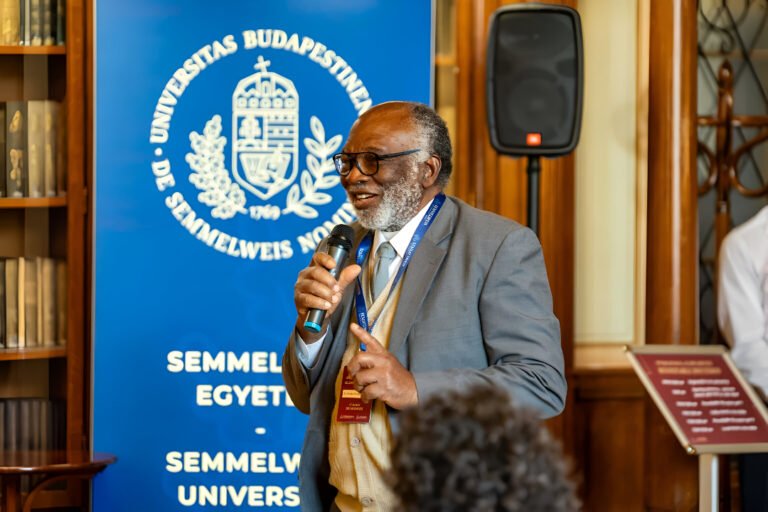
An international research team, including scientists from the University of Oulu, has shed new light on how ants’ genetic material evolved to support their highly organized social structures. The study, published in Cell, reveals how the division of labor between queens and workers has been fundamental to the evolutionary success of ants for more than 150 million years.
The research, conducted by the Global Ant Genomics Alliance (GAGA), sequenced and compared genomes from over 140 ant species worldwide. It showed significant rearrangements in the ant genome, especially in groups with the largest number of species today. Notably, genes linked to the division of reproductive labor between queens and workers have remained unchanged for more than 100 million years, underscoring their central role in ant societies.
“This illustrates how deeply the division of labor is encoded in the genome,” said Professor Heikki Helanterä of the University of Oulu. “The striking differences between queens and workers are driven not only by gene regulation but also by the emergence of entirely new genes throughout ant evolution.”
The study combined genome sequencing with analyses of gene expression, functional experiments, and ecological comparisons, involving more than 50 researchers from 25 countries over nearly a decade. From Oulu, Professor Helanterä and University Lecturer Lumi Viljakainen contributed expertise in ecology and genetics.
The findings offer unprecedented insight into how ant societies — from vast colonies of army ants to species without queens or those with self-cloning workers — evolved through intricate genetic adaptations.
Source: University of Oulu






